There are numerous software programs, online courses, books and so on for those who are mystery writing and for writers in general.
I’m going to highlight a few that I use and can recommend.
- Scrivener: A software program developed by Literature and Latte, it has gained quite a following among writers.
There is a slight learning curve in order to get up to speed, but there are tutorials and I will highlight an online class in the section below.
Scrivener allows you to write each of your scenes independently and then it makes it easy to move scenes around in the order you like.
If you click corkboard mode you can see a synopsis of all your scenes.
It’s possible to save all your reference information into a reference folder, create character sheets for each character, and keep all your cut scenes as well to discard later or reinsert if you need them.
Everything is available at your fingertips and when you are finished, hit the compile button to see your complete manuscript.
The price for Scrivener is $45.
They often run specials and during NaNoWriMo, it is usually offered half price to participants.
It runs on both Mac and Windows.
As it was originally created for Mac, the Mac version has a few more bells and whistles.
They offer a Free Trial, so check it out if you are curious.
• Online Workshops
There are plenty of classes being offered around the web.
I highly recommend the workshops offered by Romance Writers of America Mystery and Suspense Organization, called Kiss of Death.
They offer Murder One and Killer Instincts classes each month.
See the list of classes here.
Murder One classes are presented by “experts in such technical fields as law enforcement, criminology, toxicology, fingerprint identification and forensics.”
Killer Instinct classes focus on the craft and business of writing.
You do not need to be an RWA member or a member of KOD to take a class.
Cost for non-members runs $30 ($15 for members).
Many chapters in RWA offer a wealth of classes and there is likely to be something in the area you wish to learn about.
One word of caution: It is tempting to sign up for many classes, but realistically, it’s best not to overload yourself.
• Books
As with classes, there are tons of books out there on the craft of writing.
Do a search on Amazon and you will come up with a list of more books than you could possibly want or read.
I have to admit that I have a number of books on writing on my Kindle.
Some I have yet to read; others I have read and while they provide good tips, I can’t seem to stick with their “plan.”
However, I do have some books that I return to again and again and I’d like to share them, below.
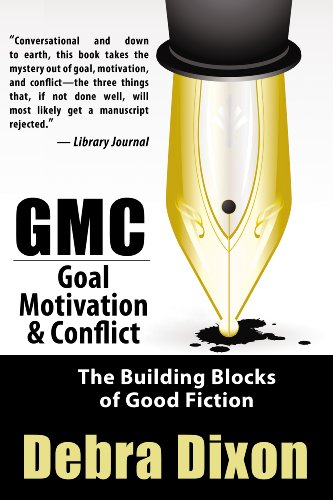
GMC: Goal, Motivation and Conflict by Debra Dixon.
If there is one book that you should have on your shelf, this is the one.
Whether applied to character or to scene, GMC drives your story.
A character is motivated to achieve a goal, but encounters conflict.
In the mystery, the detective is determined to uncover the truth or unmask the murderer, but witnesses lie and red herrings get in the way.
A scene must have a goal and at the end of the scene it should be clear that the character achieved or did not achieve that goal. Read the book.
The Negative Trait Thesaurus: A Writer’s Guide to Character Flaws
The Positive Trait Thesaurus: A Writer’s Guide to Character Attributes
The Emotion Thesaurus: A Writer’s Guide to Character Expression
All three books, above, are co-authored by Angela Ackerman and Becca Puglisi.
Character is at the heart of any mystery.
What motivates your detective, your killer or even your victim will be the foundation of your story.
These guides assist writers in developing three-dimensional characters that behave consistently with their worldview and personality.
How to Write a Damn Good Mystery
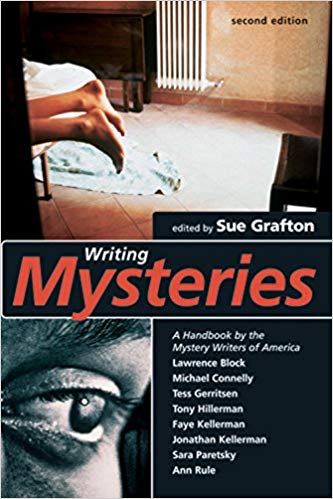
Writing Mysteries: A Handbook by the Mystery Writers of America
• A Gift For You
For your reading pleasure, pick up a mystery written by the Queen of mystery writing, Agatha Christie.
Hercule Poirot’s Christmas, originally titled Murder for Christmas, has all the elements of a good cozy read: a murder, a country house, a limited number of suspects, a locked room and a clever detective.
I thoroughly enjoyed how Ms. Christie creates one suspect after another and leaves us guessing until the end.
The story might have been written in 1938, but there is still plenty to learn and admire from a master of the mystery form.
2020 is right around the corner.
Let’s make it your best year yet in becoming a successful mystery writer.
Read this post for some additional tips and tools for mystery writers.
NOTE: Coming on Black Friday – Let’s Get Cozy: Write a Cozy Mystery One-on-One Coaching Program.
About Zia Westfield
 Zia Westfield (www.ziawestfield.com) has a penchant for the quirky and the zany, qualities that often show up in her paranormal romantic suspense stories. Her contemporary romantic suspense stories follow a more traditional path, but there’s always room for a dose of humor or a little snark.
Zia Westfield (www.ziawestfield.com) has a penchant for the quirky and the zany, qualities that often show up in her paranormal romantic suspense stories. Her contemporary romantic suspense stories follow a more traditional path, but there’s always room for a dose of humor or a little snark.
Note: This post may contain some affiliate links for your convenience (which means if you make a purchase after clicking a link I will earn a small commission but it won’t cost you a penny more)! Read my full disclosure and privacy policies...

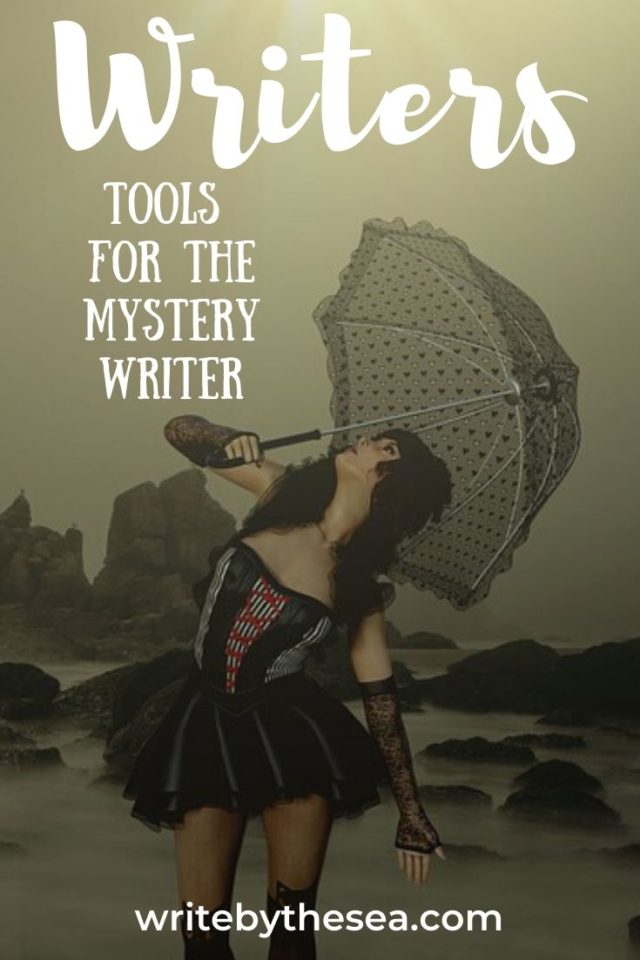
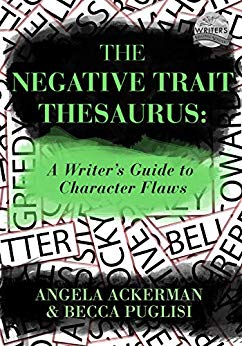
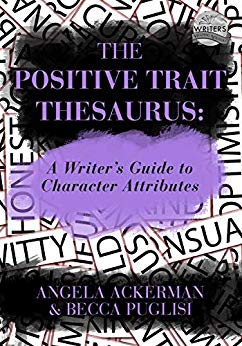
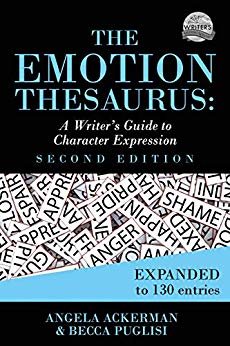
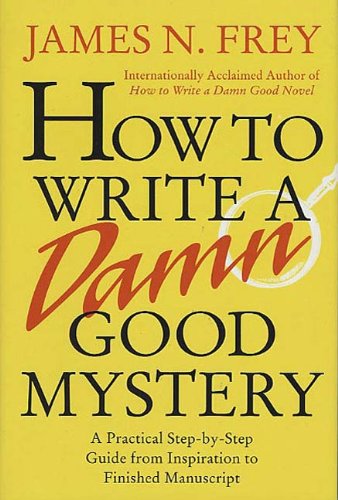
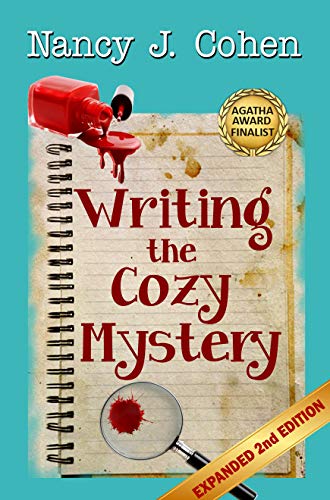
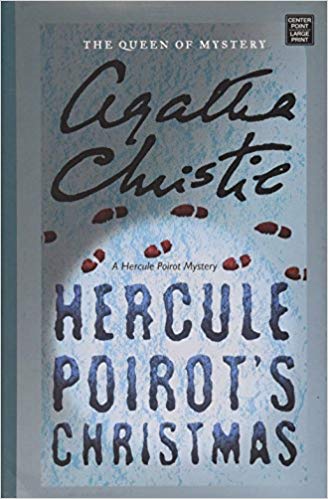



One Comment
Comments are closed.